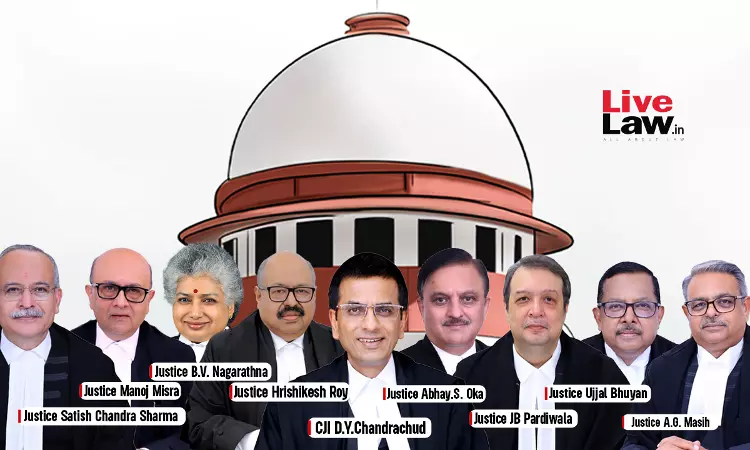States' Power To Tax Mining Rights & Mineral-Bearing Lands Not Limited By MMDR Act; Royalty Not Tax: Supreme Court Holds By 8 :1
Anmol Kaur Bawa
25 July 2024 10:56 AM IST

States have the legislative competence to tax mineral-bearing lands, the Court held.
Next Story


